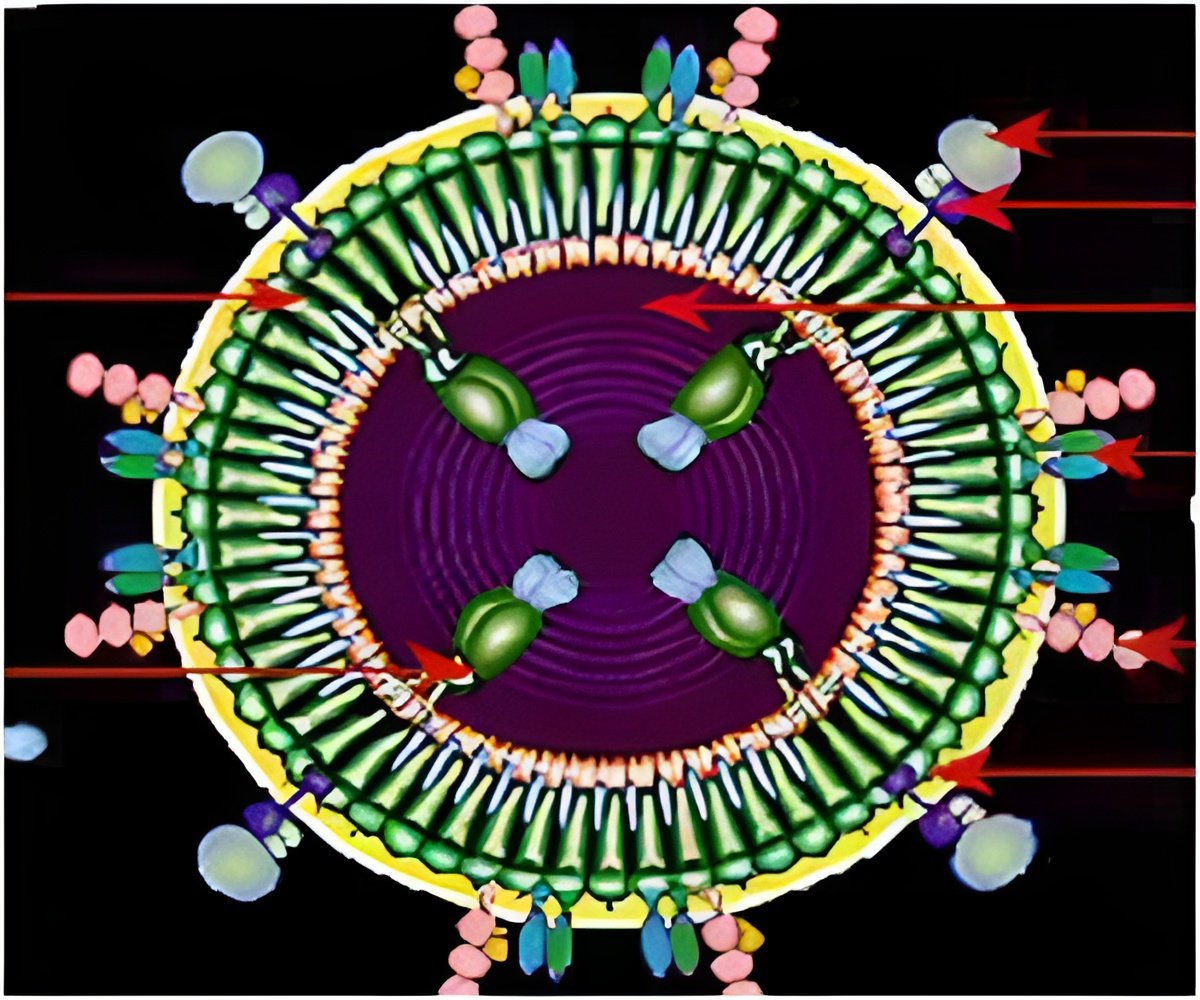A new study published in the Proceedings of the National Academy of Sciences sheds new light on the initial interactions between HIV virus and dendritic cells in the body. The study has been undertaken by Boston University School of Medicine (BUSM) researchers.
With over 2.5 million new HIV infections diagnosed annually and earlier detection becoming more common, better understanding of early virus-host interactions could have a great impact on future research and drug therapy.In this study, the researchers describe a novel mechanism of HIV-1 spread by dendritic cells. These cells, which are present at the body's mucosal surfaces, are the focus of research because they are among the first cells to encounter HIV-1 and trigger the immune system. While previous work has focused on the HIV-1 envelope glycoprotein method of interactions, this research details the role of a molecule called GM3, which arises from the host itself and is used by the virus for attachment and spread.Since this virus invasion method depends on the molecules originating from the host, "it is a stealth entry mechanism, likely not detected by the cell, so HIV can spread quickly," says Dr. Rahm Gummuluru, associate professor in the department of microbiology at BUSM and senior author of the study.Despite the cleverness of the virus, this unique contact between HIV-1 and dendritic cells may offer a new direction for anti-viral therapies. "Resistance to therapy, which often challenges physicians, is unlikely to occur in drugs that target this interaction, as these drugs would have the benefit of acting on the host, instead of the virus," Gummuluru. Further research in this field may identify specific targets and offer hope for preventing HIV infections.
Source-Eurekalert
